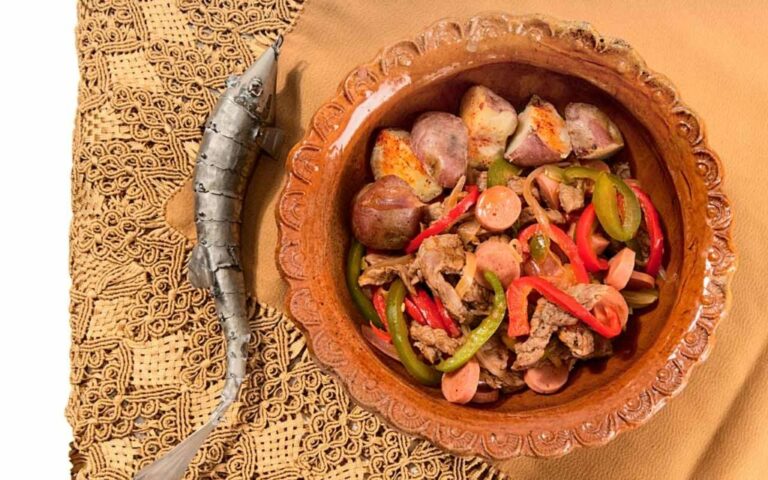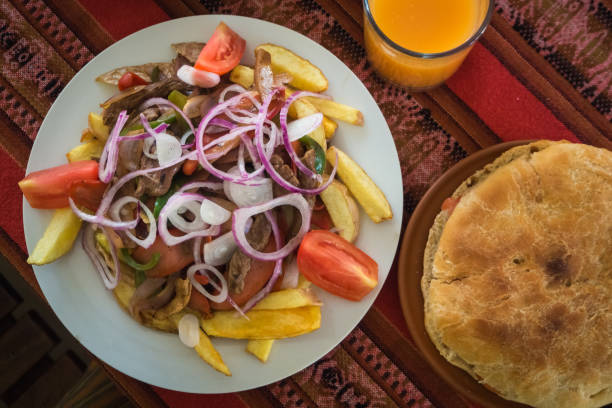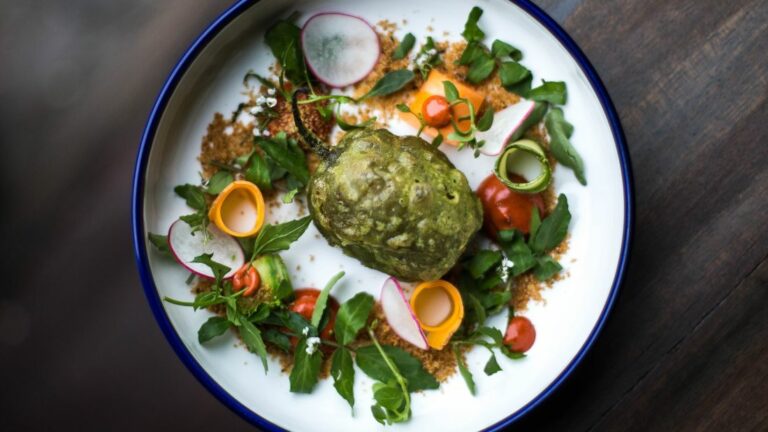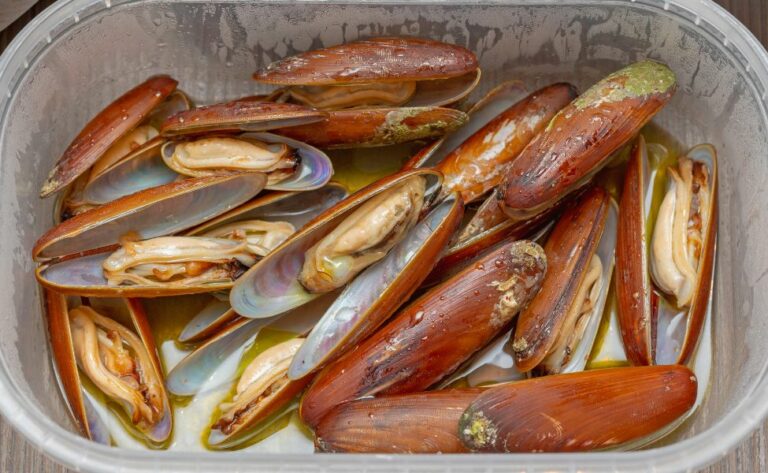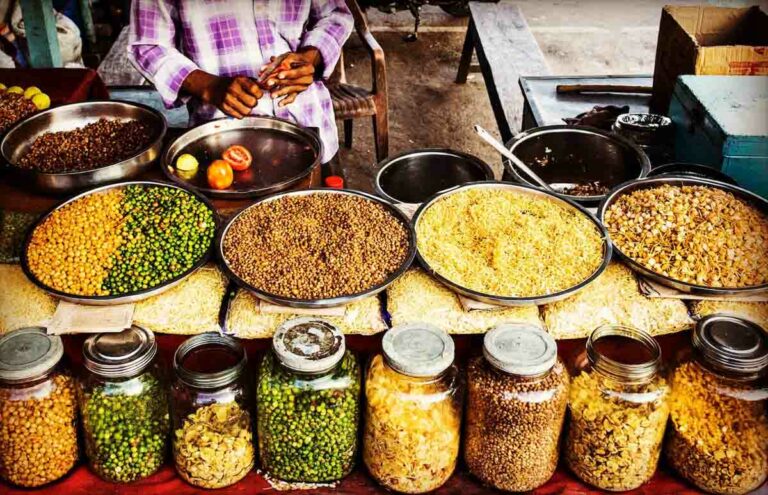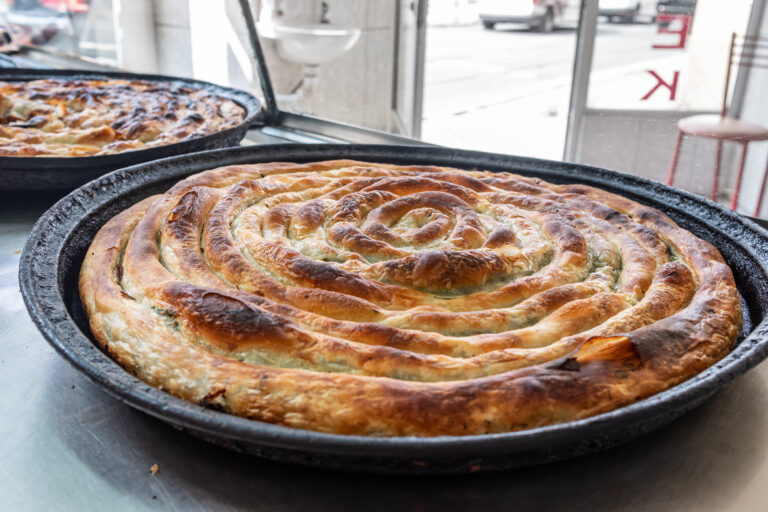Introduction to Bhutanese Cuisine
Bhutanese cuisine reflects the country’s unique culture and traditions, as well as its location in the Himalayas. Spicy and flavorful, Bhutanese dishes are primarily based on rice and chili peppers, and often incorporate dairy products such as cheese and butter. The cuisine also features a variety of meats, including chicken, pork, and yak, as well as an abundance of vegetables, herbs, and spices.
Influences on Bhutanese cooking techniques
Bhutanese cooking techniques have been shaped by a variety of factors, including the country’s geography and climate, as well as its history and cultural traditions. The Himalayan region’s harsh terrain and cold temperatures have necessitated techniques such as roasting and grilling to cook meats, while the abundance of fresh vegetables and herbs has led to the use of steaming and stir-frying techniques. Additionally, Bhutan’s status as a Buddhist country has influenced its cuisine, with many dishes featuring vegetarian ingredients and with meals often served in a communal style.
Unique cooking methods in Bhutanese cuisine
One of the most unique cooking methods in Bhutanese cuisine is the use of traditional earthen ovens called “tandoors.” These ovens are used to roast meats and vegetables, and impart a smoky flavor to the food. Another traditional cooking method is the use of “zhing,” a type of bamboo basket used for steaming vegetables and dumplings.
Grilling and roasting techniques in Bhutanese cuisine
Grilling and roasting are common cooking techniques in Bhutanese cuisine, particularly for meats such as pork and chicken. The meat is typically marinated in a spicy sauce before being grilled or roasted over an open fire or in a tandoor oven. This imparts a smoky flavor to the meat and helps to seal in moisture.
Steaming techniques in Bhutanese cuisine
Steaming is another popular cooking technique in Bhutanese cuisine, particularly for vegetables and dumplings. Vegetables are often steamed in a zhing basket, which is placed over a pot of boiling water. Dumplings are typically made with a filling of meat or vegetable and wrapped in a dough made from rice or wheat flour, before being steamed until tender.
Fermentation and pickling techniques in Bhutanese cuisine
Fermentation and pickling are common techniques used to preserve food in Bhutanese cuisine. One popular fermented dish is “ema datshi,” which is made with chili peppers and cheese that has been left to ferment for several days. Pickling is often used for vegetables, particularly radishes and turnips.
Stir-frying and deep-frying techniques in Bhutanese cuisine
Stir-frying and deep-frying are also commonly used techniques in Bhutanese cuisine, particularly for dishes that incorporate meat and vegetables. Stir-fry dishes are typically made with a combination of vegetables and meat that are quickly cooked in a wok with a spicy sauce. Deep-frying is often used for snacks and appetizers, such as fried rice balls or potato fritters.
Use of traditional cooking utensils in Bhutanese cuisine
Bhutanese cuisine also features a number of traditional cooking utensils, including the zhing steaming basket and the tandoor oven. Other utensils include the “churu,” a wooden bowl used for grinding spices, and the “katas,” a type of wooden spatula used for stirring food. Many Bhutanese households also use a traditional clay stove called a “bukhari,” which is used for heating and cooking food.


